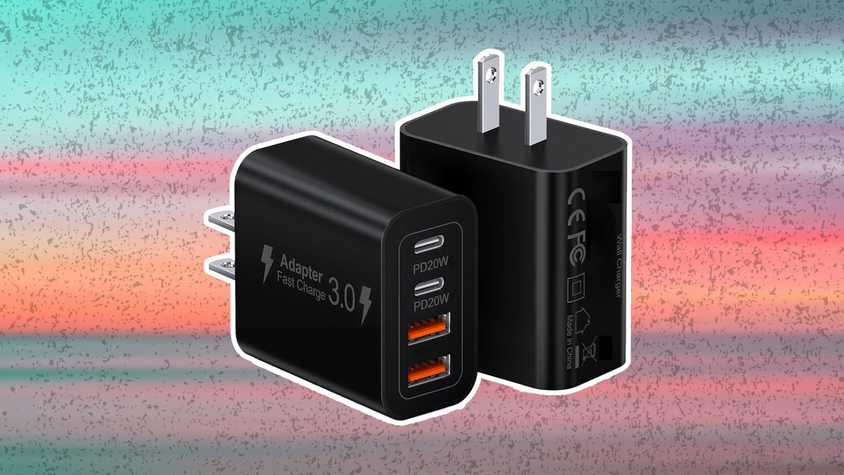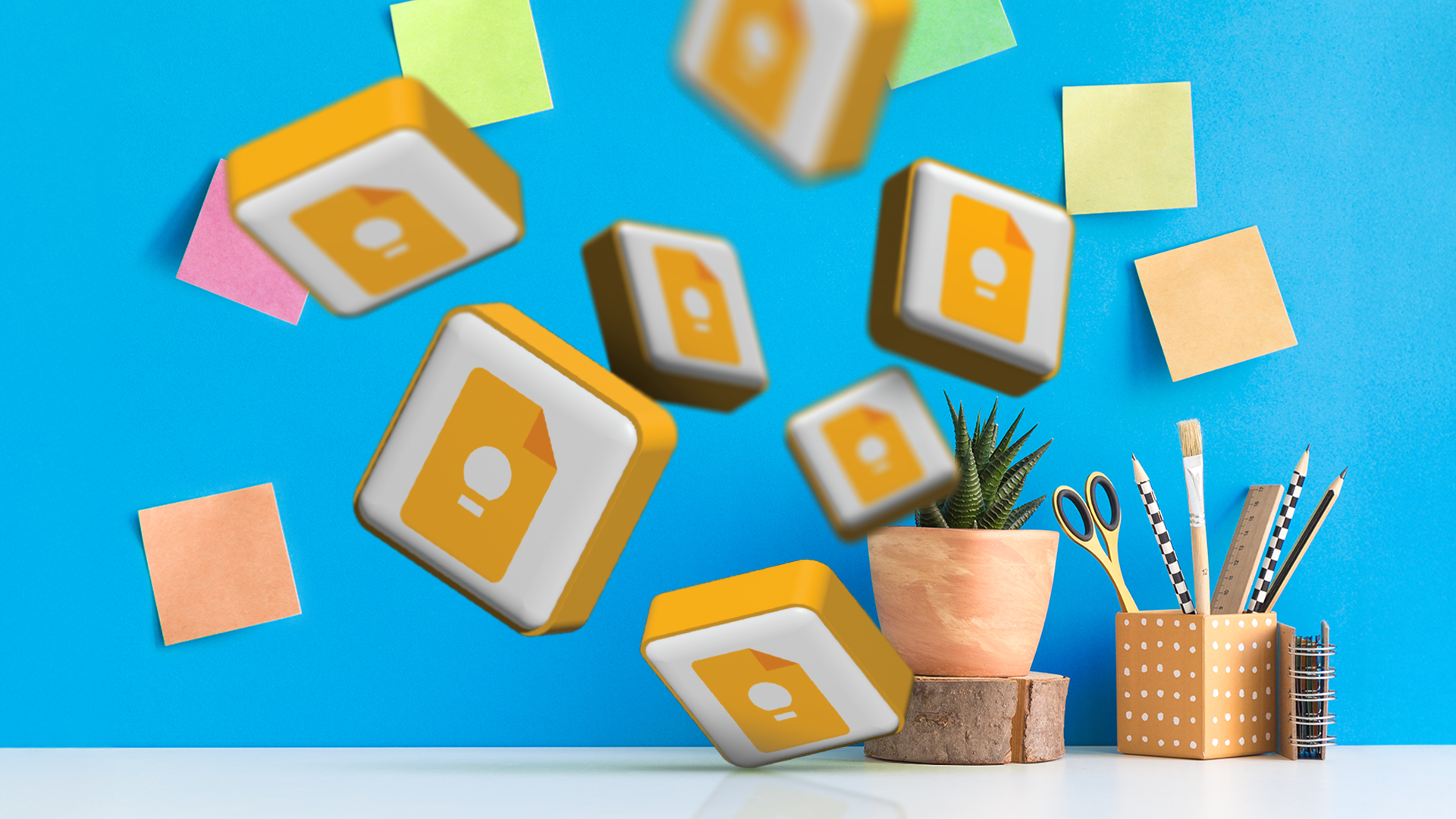For years, my digital notes were a mess. Some got buried in Google Keep, others trapped in Google Docs, and plenty just floated in my head until I forgot them. I tried to be organized with color-coded notes and folders and even dabbled in Notion. But no matter what I do, I always end up overwhelmed by a mess of half-formed ideas and forgotten to-do lists on my phone. The apps I used made it easy to capture thoughts, but they were terrible at helping me make sense of them later.
That’s when I realized the problem wasn’t me; it was my flawed note-taking system. It finally clicked when I tried Obsidian while testing different note-taking apps. Although it took some setup and a few weeks of trial and error, I feel like it’s the only system I’ve stuck with longer than a few months. Here’s how I made the switch, what my setup looks like, and why it finally works for me.
The problem with most note apps
The note-taking app world is overwhelming
Google Keep was fast, but organizing it was tricky. It was a never-ending scroll of notes that became useless once I had more than 50. Notion looked nicer but felt too heavy for quick captures. Evernote felt bloated.
Every app solved part of the problem, but none of them helped me think holistically. I wanted a tool that could manage quick ideas, long-form writing, personal journaling, and project planning without overwhelming me with numerous tabs or causing delays in syncing.
What I like about Obsidian
The app helped me organize my thoughts better
Obsidian is a markdown-based note app that turns your notes into a local knowledge base. All your notes get stored as plain-text files in a folder on your device. When I first heard about the app, I assumed it was overkill. It sounded too complex, but I decided to try it anyway.
After using it for a couple of weeks, it turns out Obsidian was what I needed. I could link my notes together like a personal wiki using simple [[double brackets]]. The app supports tags, folders, backlinks, and daily notes, helping me structure my thoughts. For instance, every time I had a new idea, I’d start a new note. Then, I’d link it back to my main note. Later, when I wrote a feature, I realized I had already noted down a quote, a usage statistic, and a rough outline that got scattered across three different notes. But I could easily find them since they were all linked.
How I use Obsidian every day
I created a vault and synced it across devices using Google Drive with FolderSync. I use a few folders, but most of the organization happens through links. Here’s how I set up the Android app for daily use:
Folders
I use just a few top-level folders:
- Inbox: For quick notes.
- Daily Notes: It’s a blank note pre-filled with the day’s date. I jot down thoughts, tasks, and what I’m reading.
- Articles: Each writing project or article idea gets its note. I use these to collect outlines, links, feedback, and drafts.
- Reference: It includes writing tips, app automation workflows, and other reference notes.
Plugins
The Android app supports core plugins and some community ones. I mainly use Daily notes, Templates, Backlinks, and Tags view. I’ve also installed community plugins, such as Importer, Calendar, Daily Notes Viewer, Excalidraw, QuickAdd, and Tasks.
For example, I use the Daily Notes core plugin to brainstorm and organize my thoughts each morning. Tapping the hamburger icon at the bottom and selecting Open today’s daily note opens a new note with the day’s date. I’d write my tasks, log random ideas, and reflect on anything worth capturing.
Templates
I use simple templates for my writing notes and article outlines. The note includes a few lines about the story, my top three priorities, random thoughts or tasks, and links to relevant notes from the day before. To access it, I tap the hamburger icon, select the Quick Add plugin, and choose a template. It opens a note with the day’s date and preformatted text.
The downsides of using Obsidian
There are a few trade-offs
Obsidian isn’t perfect. It has a learning curve if you’ve only used apps like Google Keep, Notion, and Evernote. There’s no built-in sync unless you pay for Obsidian Sync (I use FolderSync for free instead). It doesn’t have reminders, widgets, or drawing tools unless you add plugins or use workarounds.
Escaping digital clutter doesn’t mean deleting everything and starting over
If you’ve tried every note-taking app and still feel like your ideas are scattered, it might be time to try something different. Obsidian isn’t the most beginner-friendly tool, but it’s the most sustainable one I’ve found. Writing in plain text with no clutter or fancy formatting tools helped me focus. Instead of bouncing between a dozen apps and inboxes, I now have one reliable home for my thoughts.




